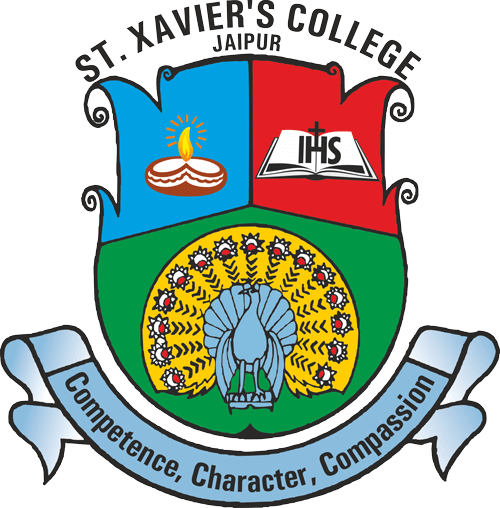


Affiliated to the University of Rajasthan Approved under Section 2(f) and 12(B) of UGC Act, 1956
A Christian Minority Educational Institution under Section 2(g) of NCMEI Act, 2004










![20230725130931_[fpdl.in]_india-flag-vector-illustration-abstract-modern-style_87543-10011_large](http://sxcjpr.edu.in/wp-content/plugins/revslider/sr6/assets/assets/dummy.png)













“Education is not the filling of a pail, but the lighting of a fire.” – William Butler Yeats.
I use this quote even at the risk of sounding clichéd, but I cannot help it, because I firmly believe in it. Education is indeed the lighting of fire – fire that symbolises the divine and the enlightened. It is the purifier, the healer, the transformer, and the moulder into the desired shape and form, provider of warmth and light. It is no coincidence that fire was the first discovery that changed human life and its course. Education is nothing but the fiery illumination of the mind, that not only opens it up to the endless possibilities the universe and beyond presents, but also of the zeal that burns strongly in an educated heart to transform everything around with the knowledge, understanding and finally wisdom thus gained. No wonder King Solomon in Proverbs exclaimed, “Blessed are those who find wisdom, those who gain understanding.” (Proverbs 3:13)
With our vision, “To ignite young minds with transformative education to become global citizens with Competence, Character and Compassion”, we at St. Xavier’s College Jaipur, firmly believe in lighting a small fire in the hearts of young men and women, so that when they fly out of the Xaverian horizon into the sky of the world outside, they light up the world with their deep sense of service and commitment to the nation and the world. We believe in the power of right education that kindle an undying passion for Magis and to strive for excellence in whatever they do.
As Xaverians, let us all leave a blazing trail spreading unity, integrity, brotherhood, peace, and love with the hope of healing the world that is already hurting enough.

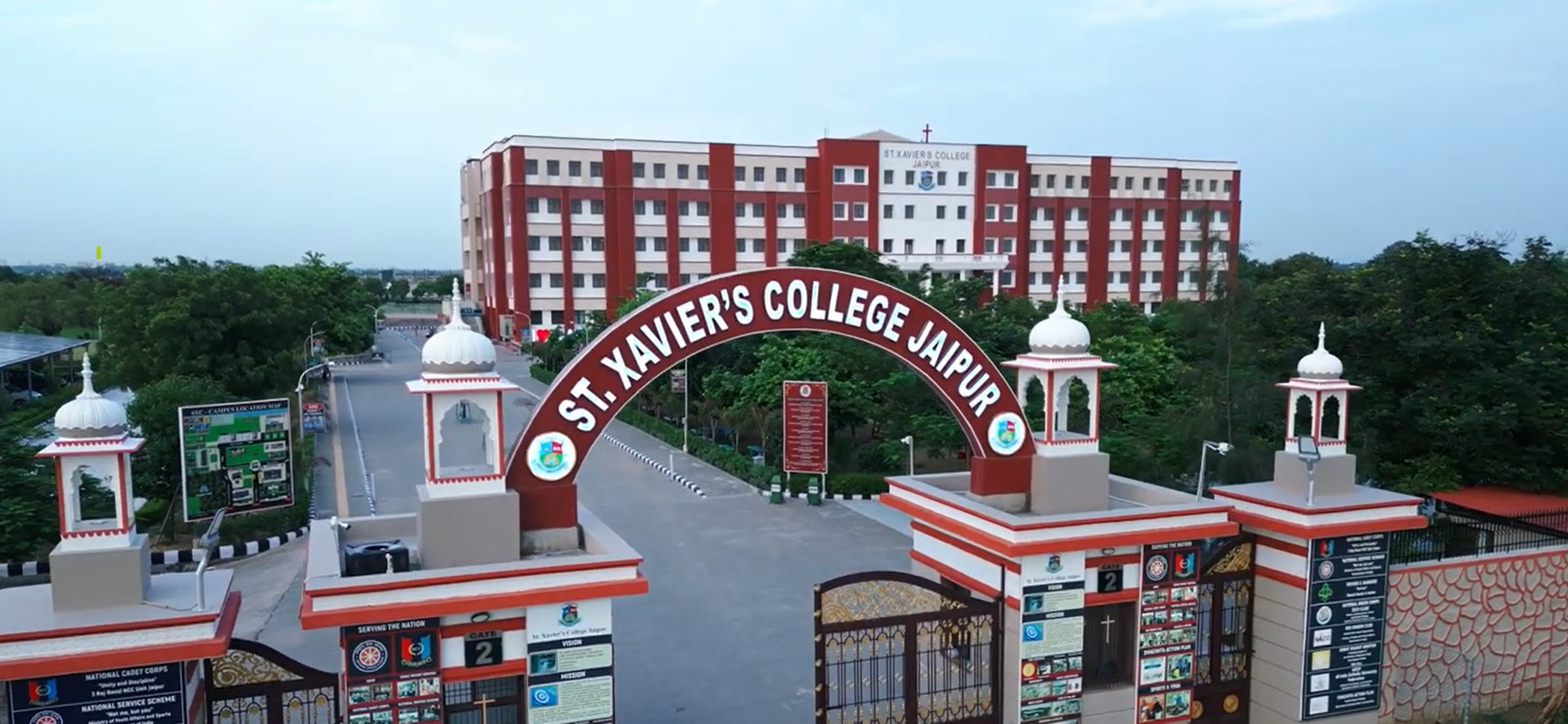
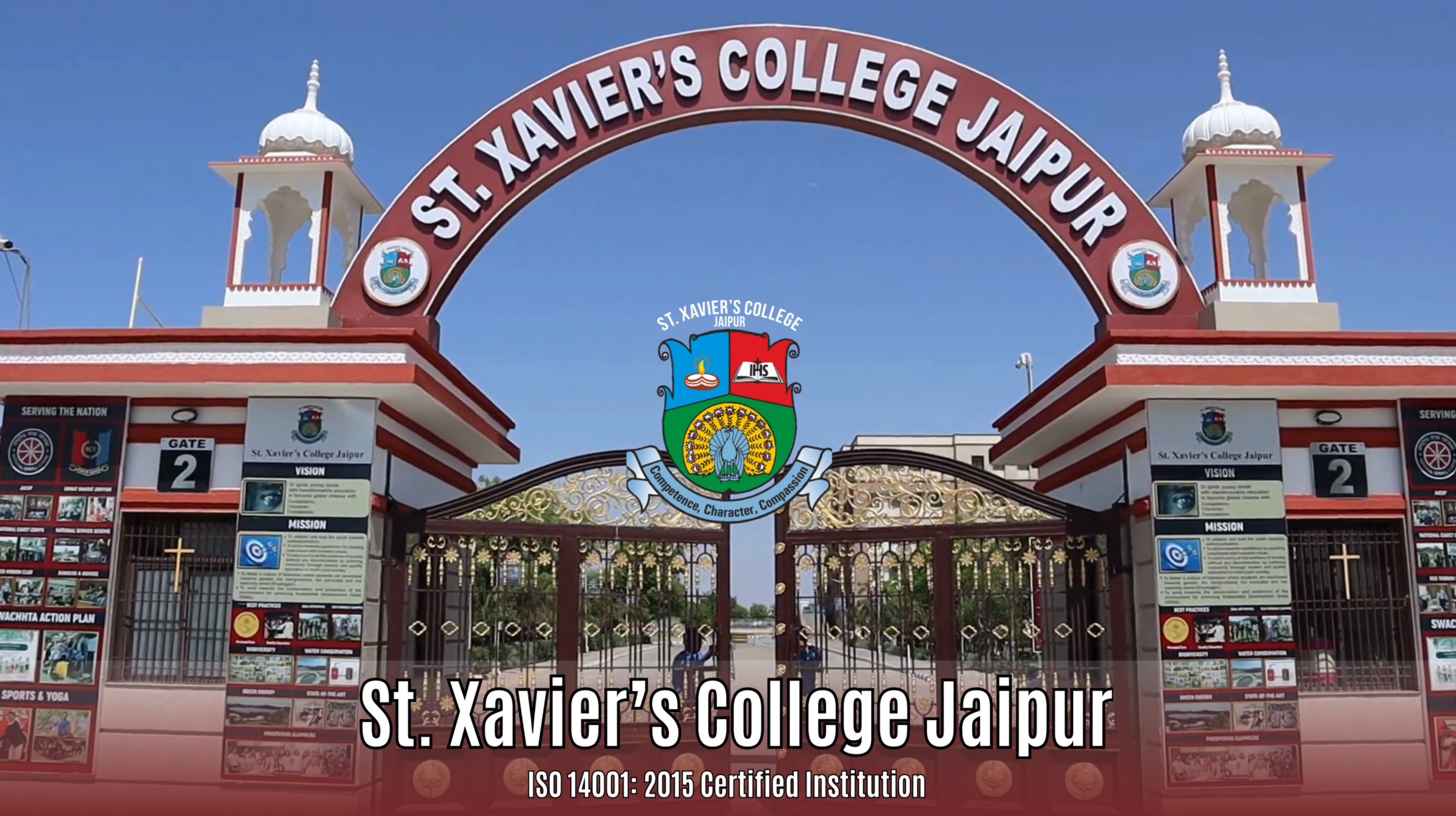
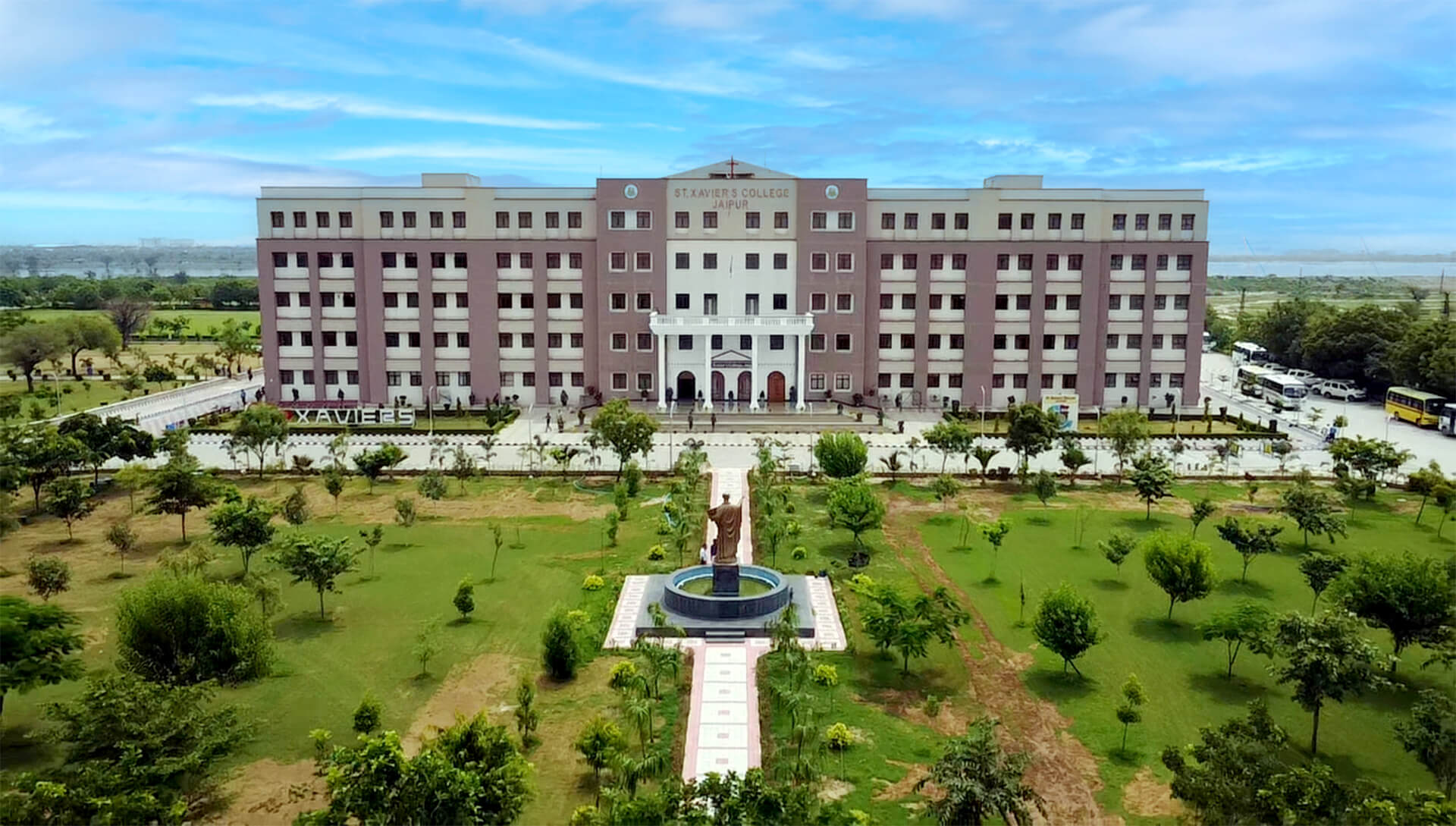
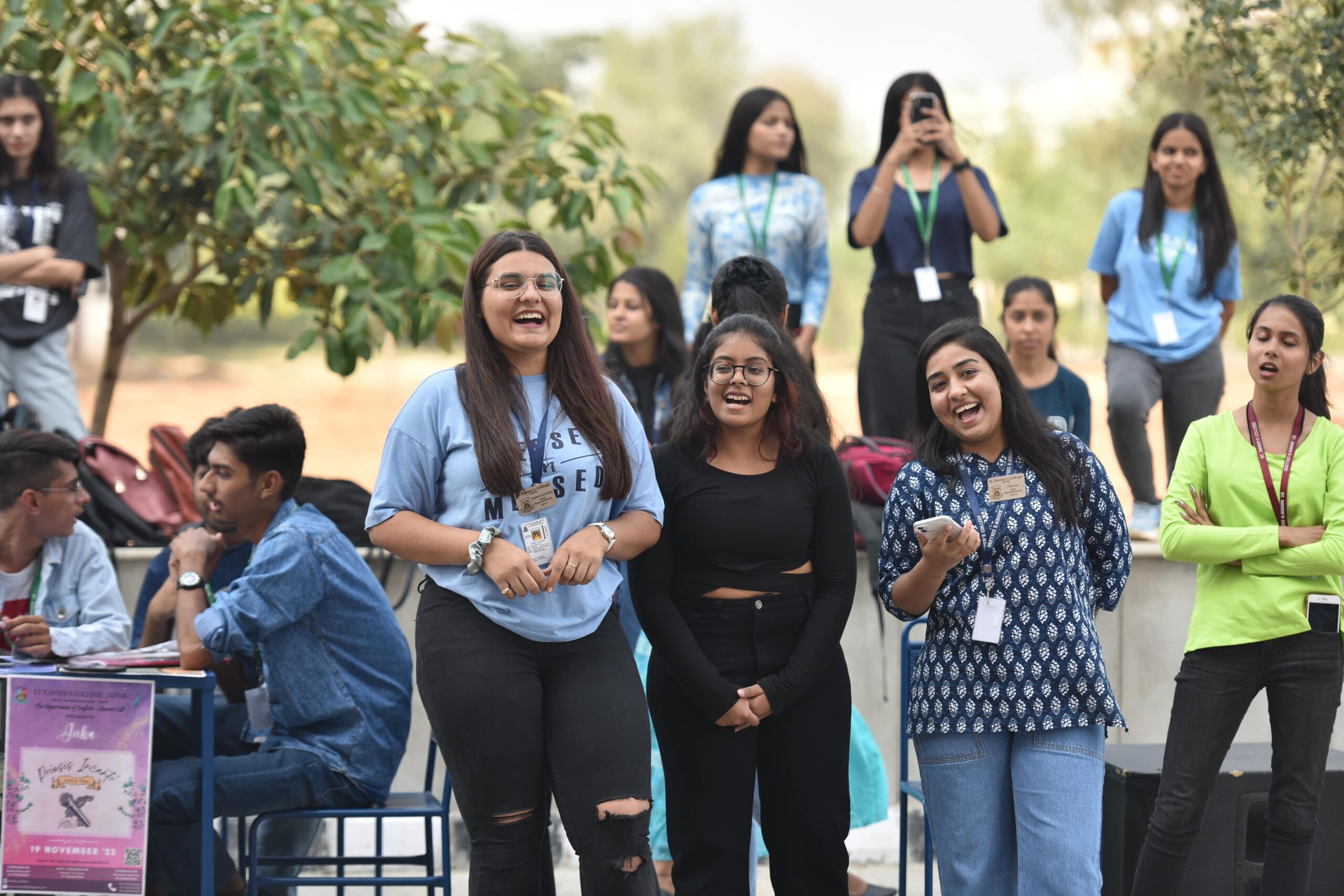
Explore a range of majors and minors with nearly limitless opportunities to launch your career.
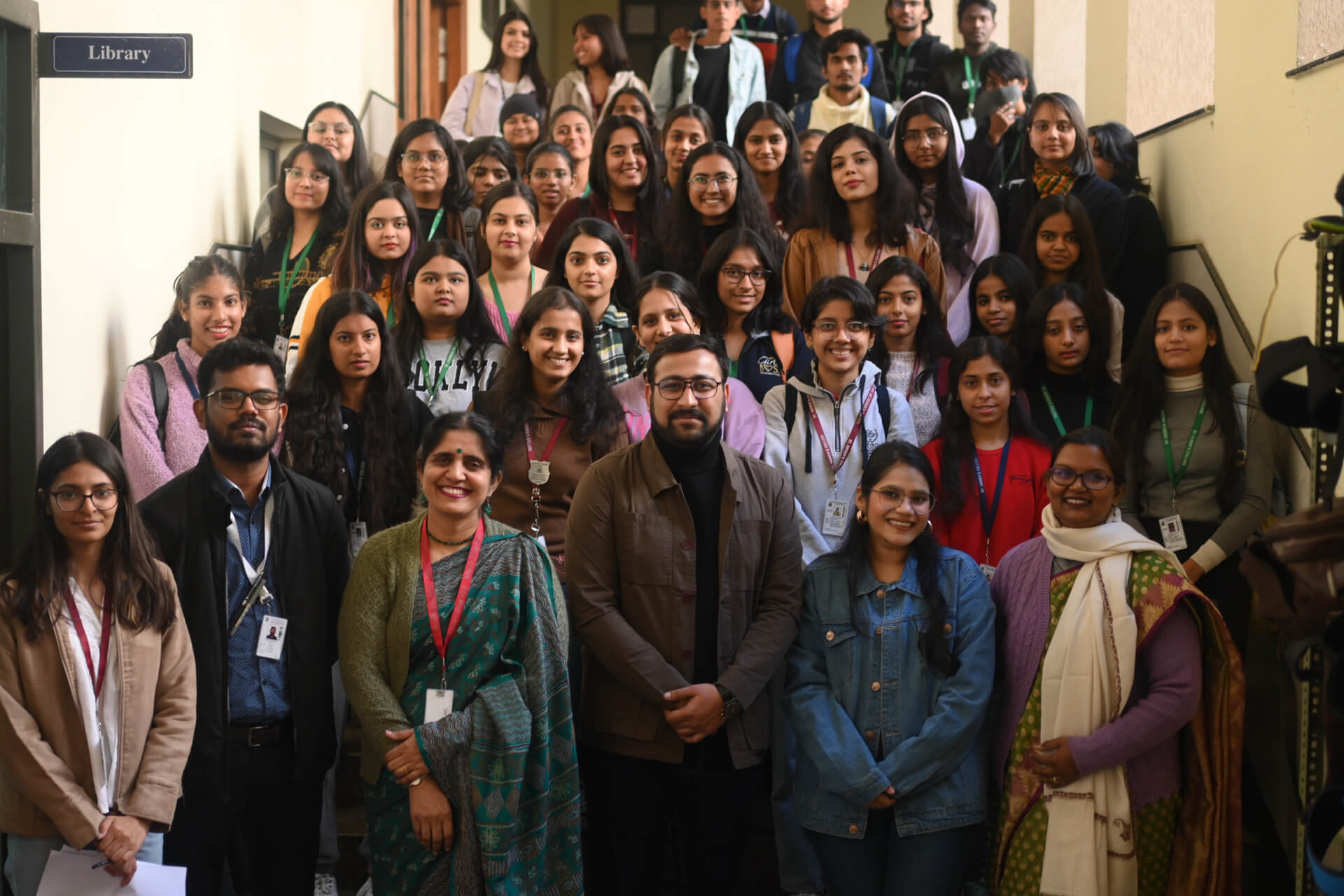
Grow as a leader and advance in your profession with one of our graduate programs for women and men.
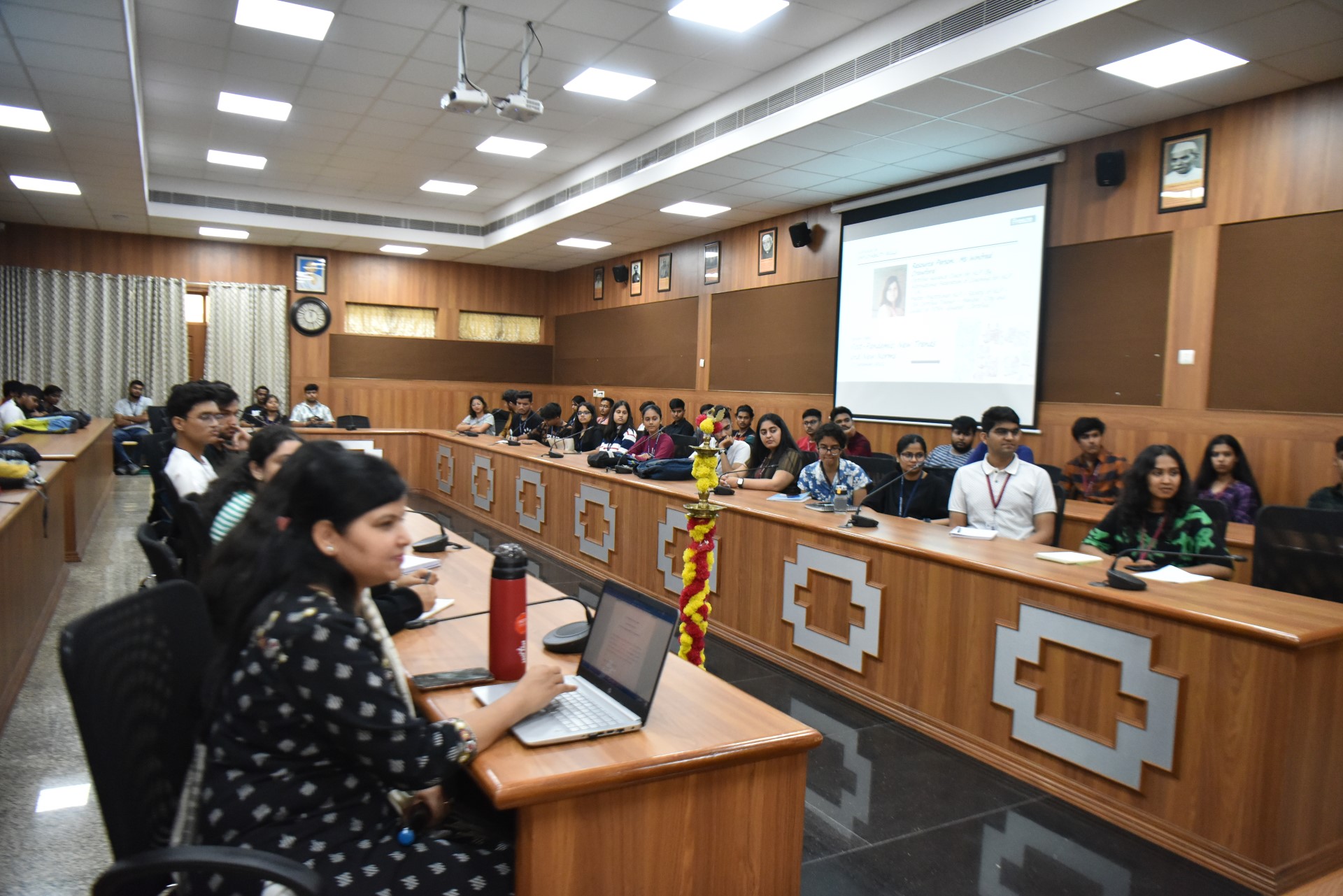
Elevate your career with Add-on Courses and Certificate Programs.
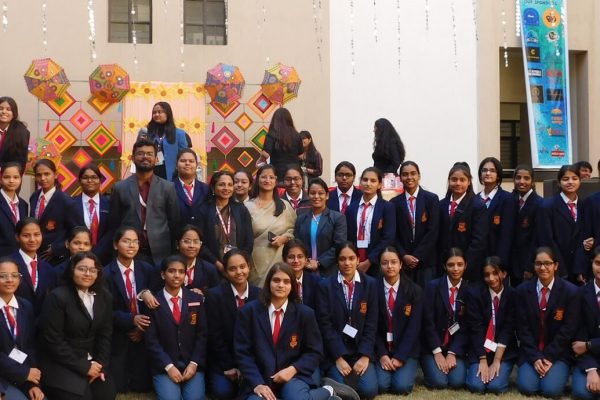
Explore a range of majors and minors with nearly limitless opportunities to launch your career.
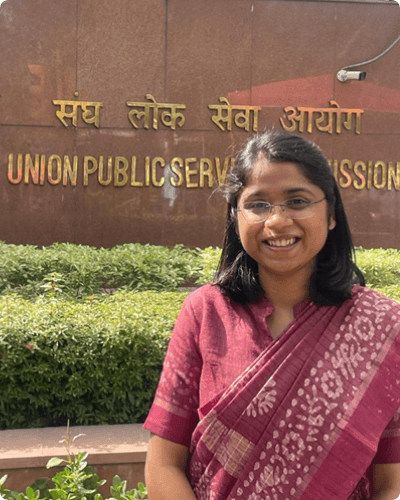
Batch 2019, IPS, Government of India

Batch 2014, MBA, Harvard Business School

Working in the HR and Logistics of the Royal Navy, UK
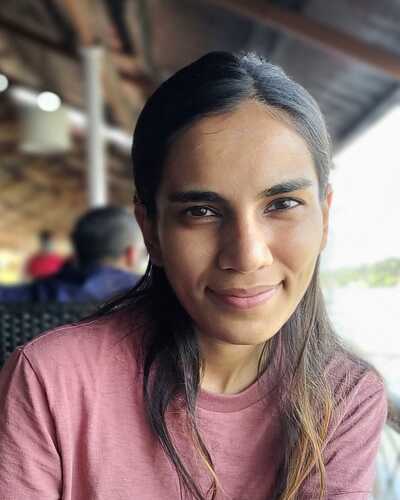
Ph.D. in Agricultural Economics, University of Göttingen, Germany

Batch 2014, PhD Scholar at the Faculty of Education, University of Cambridge, UK

Batch 2016, Master in Public Policy , Harvard University

Batch 2015 , ALM Museum Studies, Harvard University

Managing Director of Arpita Karwa Education (OPC) Pvt Ltd.

International Skeet Shooter, Silver Medalist at Asian Games

International Fashion Designer and an English Literature Professor

Senior Program Manager, AMAZON

Commissioned in Indian Army from OTA Chennai

Risk Analyst, JPMorgan Chase & Co
Take a tour of St. Xavier’s College Jaipur, and experience the campus visit in virtual mode.